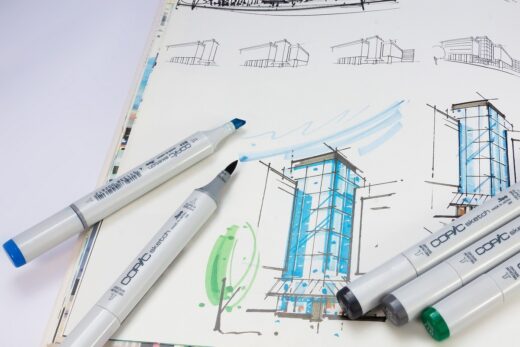Communication in a coco-nutshell, Communication skills guide, Social interaction advice
Communication in a coco-nutshell – advice
9 January 2023
An essay by Martin Ahrens Dipl.-Ing. (FH)
It’s curious, isn’t it? Starting from the very first moment of our lives by crying out loud, we never stop communicating until we draw our last breath. Communication seems to accompany us, whether we are aware of it or not. If good old Watzlawick was right, we cannot even avoid doing it, unless we became a hermit and withdrew from any social interaction.
One would think, something so familiar can’t go wrong. A serious error no doubt, as most of us might have experienced.
Communication can fail and it does so every day as long as one hasn’t put some effort into understanding it’s traps and how to avoid them.
Communication in a coco-nutshell by Martin Ahrens
First, we must accept that communication skills are the result of a learning process. As long as we are not aware of that, we are prone to learn all the mistakes as well without even noticing it.
What can be quite unpleasant in our social lives, especially in our closest relationships, can become a disaster in our professional roles as architects or designers.
What we do as professionals is in a way a multiplication and increase in terms of space, materials and costs. We start with a blank sheet when nothing is there yet. In the end however there is something there, no matter if it is good or not or if it’s big or small. It has an effect one way or the other. Sadly, errors in communication do multiply accordingly.
Therefore, it is we, the professionals, who must master the skill of communication perfectly in order to create proper solutions and sensible processes.
So why don’t we take a closer look at communication and it’s traps. Let`s use Shannon Weaver`s model of communication which establishes a message, it’s encoding, sending via a medium, it’s decoding by the receiver and so forth. It’s the simplest model of many and that`s what we need to look at the errors, which happen all the time.
Let`s not consider the obvious mistakes, that happen while en- or decoding, the disturbance of the medium and so on. I think this is common place.
That the most dangerous errors lie in assumptions however, tends to be overlooked easily.
When I started to take a deeper interest how assumptions have an underestimated impact on communication, one aspect crystallized out immediately. The general assumption seems to be (in all its unlikeliness), that communicating content would work like “copy and paste”. Senders assume unconsciously that their message in all its complexity would create the identical content in the receiver`s mind.
By a merely superficial glance we feel already that this cannot be the case. Would it not imply that we were all the same respectively identical? Thank God! We are not.
Empathy, imagination, research and experience can help to put oneself in someone’s position. Aiming to establish a justifiable supposition of how they understand best what we want them to.
This by the way has been practiced in advertising ever since it was invented. No wonder that agencies utilise psychology to manipulate us, in the sense of controlling our opinion towards a product or service.
Yes, communication is first and foremost both a social and psychological matter. If we are to improve our communication skills, we must acknowledge this before it even makes sense to look at its other conditions as described above.
So how can we become more emphatic, imaginative and experienced, what are we to research?
With a more open mind towards other people`s views, we will improve our emphatic abilities. By using our imagination, we can get an idea of their personalities and draw conclusions. We can even research by gathering information on our communication partner beforehand.
Putting then all we have learned together; we have not only improved our communication capabilities significantly.
We also have become a better (educated) person ourselves.
Once I had an argument with a friend. He claimed that he could draw a hand only because he had two himself and had seen so many of them during all his life. Needless to say, that he couldn’t. At least he couldn’t produce a drawing that would have met my expectations in terms of an academic drawing. I remember that it even made me angry.
So, what went wrong?
Looking back, I see it clear. I was assuming that he knew that I meant an academic anatomical drawing, which represented an actual hand.
Comments on this CAD vs. Creativity article are welcome.
Architecture Articles
Architecture Posts
How to make AutoCAD quicker and easier to use

How to choose the right 3D architecture software

Importance Of Architectural Drawings In The Design Process
3D rendering
3D Posts
What is 3D printing and how does it work

Architectural Design
Architectural Design Posts

image courtesy of article provider
Comments / photos for the Communication in a coco-nutshell essay by Martin Ahrens Dipl.-Ing. (FH) page welcome








